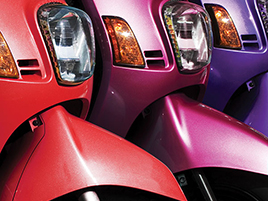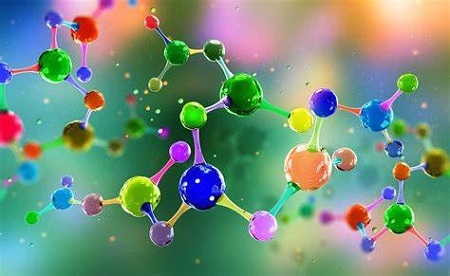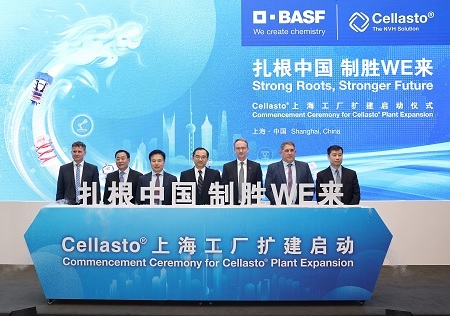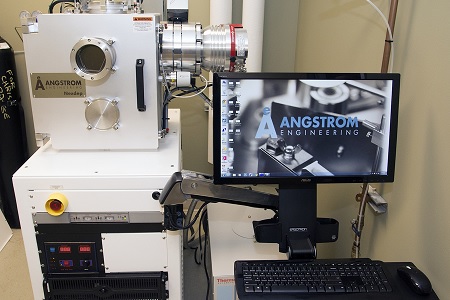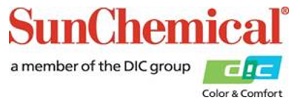 The American Sun Chemical Company, a member of the DIC group, showcased its new ranges of pigments at ABRAFATI 2017, in Sao Paulo, Brazil. Including the the list is the Sunbrite Yellow 74 that is a high performance pigment.
The American Sun Chemical Company, a member of the DIC group, showcased its new ranges of pigments at ABRAFATI 2017, in Sao Paulo, Brazil. Including the the list is the Sunbrite Yellow 74 that is a high performance pigment.
Sun Chemical’s newest Azo yellow pigment for architectural coatings was developed specifically for decorative coatings producers and the needs of machine colorants. Easier to disperse than previous grades, Sunbrite Yellow 74 pigments deliver 15 to 20 percent more tint strength than comparable products.
Some of other newest solutions on display at Sun Chemical’s booth, included; a solvent-free hotmelt adhesive resin, an acrylic polyol for air dry melamine technology that offers the same key curing benefits of a stoving system, pigments that expand the color gamut and meet environmental regulations, and other novel technologies that add luxury to automotive interior plastic parts and anti-corrosion properties.
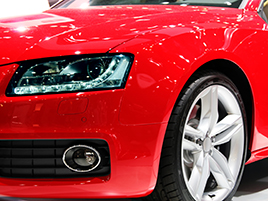
“ABRAFATI is a significant event for Sun Chemical and we hope to demonstrate how our full range of tailor made resins and pigments can help customers and prospective customers achieve excellent results with any coatings application,” said Michael T. Venturini, Marketing Director, Coatings, Sun Chemical. “We look forward to interacting face-to-face with a much broader global customer base and learning what needs and requirements they are looking for with both their resins and pigments.”
Sun Chemical Advanced Materials Division Introduced Cutting-Edge Resin Technology from DIC
During the show included the newest addition to the popular FINEPLUS product range, FINEPLUS® HM, a solvent-free 2K reactive hotmelt adhesive designed to adhere to laminate furniture, metal, plastics, textiles and glass that replaces solvent-based hotmelt adhesive chemistries. Ideal for improving environmental performance, ease of use, and reliability in automotive assembly, the full portfolio includes amorphous, crystalline and liquid versions of the high-quality polyester polyols for reactive adhesives.
Also launching at the show was BURNOCK® AC 2530 DIC polyol resin for air dry curing systems/chemistries. The new acrylic polyol for air dry melamine technology brings the same performance properties widely desired from a stoving system to an air dry system. There are no baking ovens required and no pot-life limitations with the BURNOCK AC 2530 polyol while providing the same durability as heat-cured systems.
Three new pigments were also including, Sunbrite®Yellow 74, a VOC-free Azo yellow pigment developed specifically for architectural decorative coatings producers and the needs of machine colorants. Easier to disperse than previous grades, Sunbrite Yellow 74 delivers 15 to 20 percent more tint strength than comparable products and meets the most stringent environmental regulations in Europe.
Sun Chemical’s yellow shade Perrindo® Maroon 179 features the benchmark transparency that is vital to producing modern, high chromatic metallic red finishes. One of the most yellow pigment red 179 shades on the market, Perrindo Maroon 179 offers excellent light and weather fastness, rigorous process and quality control, compatibility in water and solventborne systems, and is easy to disperse.
Suitable for water and solventborne systems, Quindo® Magenta 202 enables excellent styling for highly transparent and chromatic effect shades and has excellent durability and fastness properties for automotive and high-performance coatings. As Sun Chemical’s newest quinacridone pigment, its low rheology provides easy formulating using one product for all systems, and it delivers highly pigmented bases in low-VOC, high-solid coatings.
Pigment and Resin Solutions for Plastics in Automotive Interiors
New WATERSOL AC-7505 resin which provides a desirable metallic finish on automotive interior plastic without a clearcoat was another highly appreciated material praised by the visitors. The 2K chemistry offers the chemical resistance needed in a single layer system, reducing complication in coating application and at the same time passing the industry’s most demanding sunscreen tests.
Read more from the “SOURCE“

